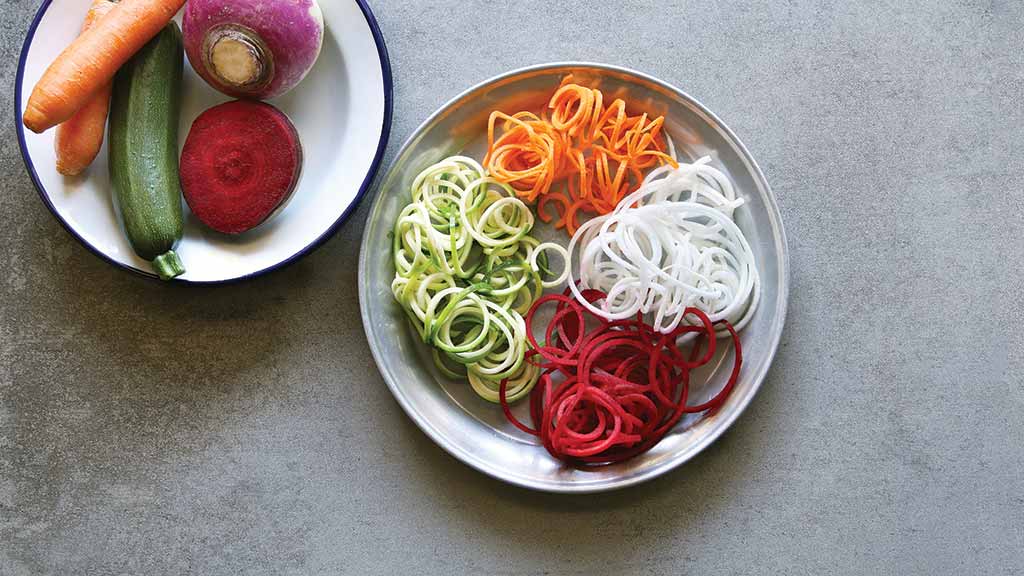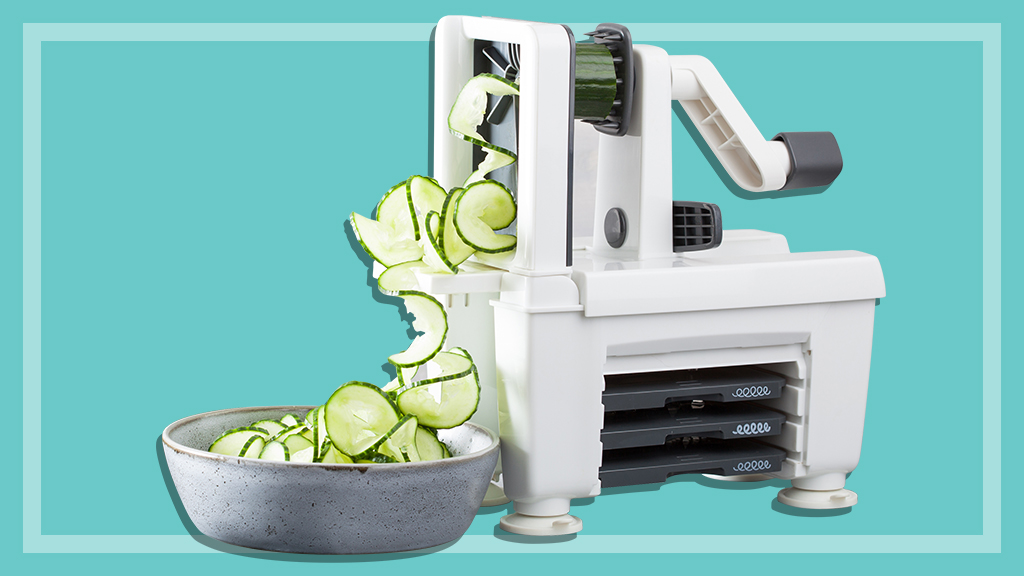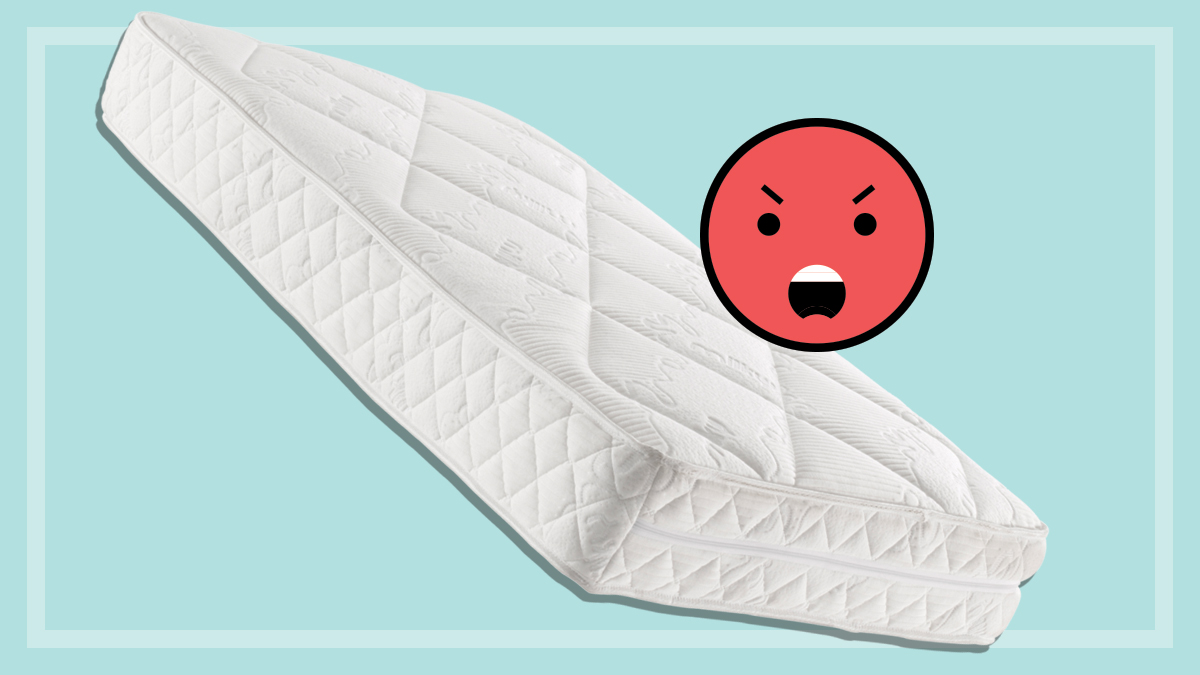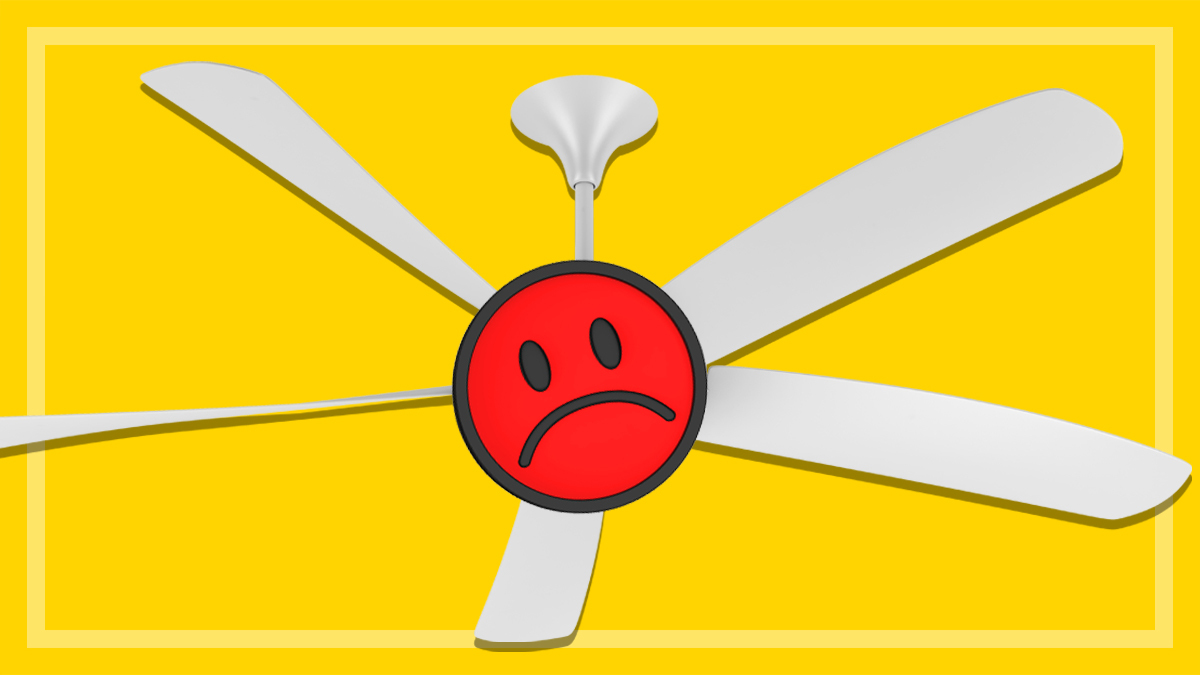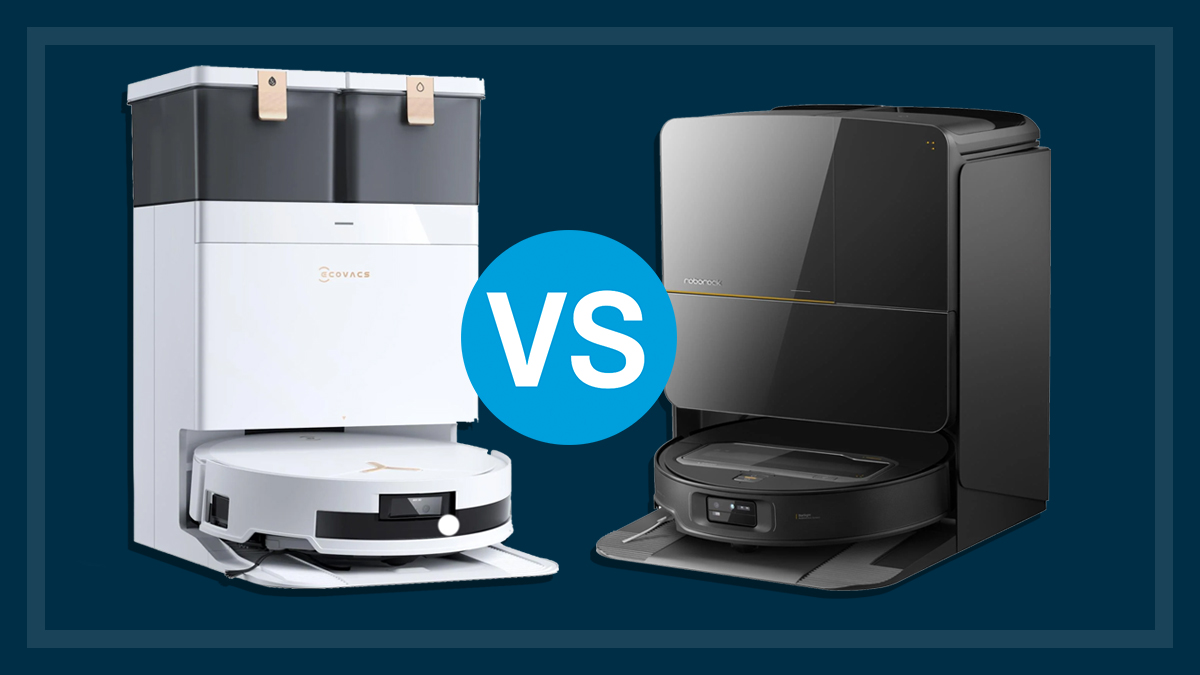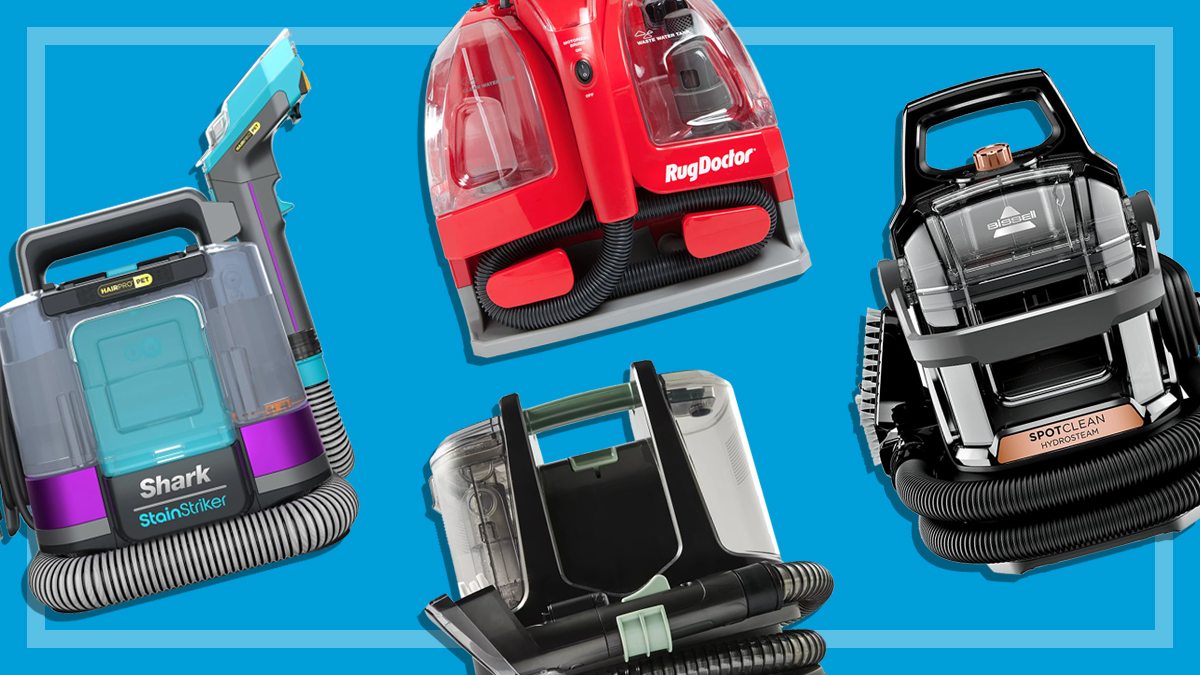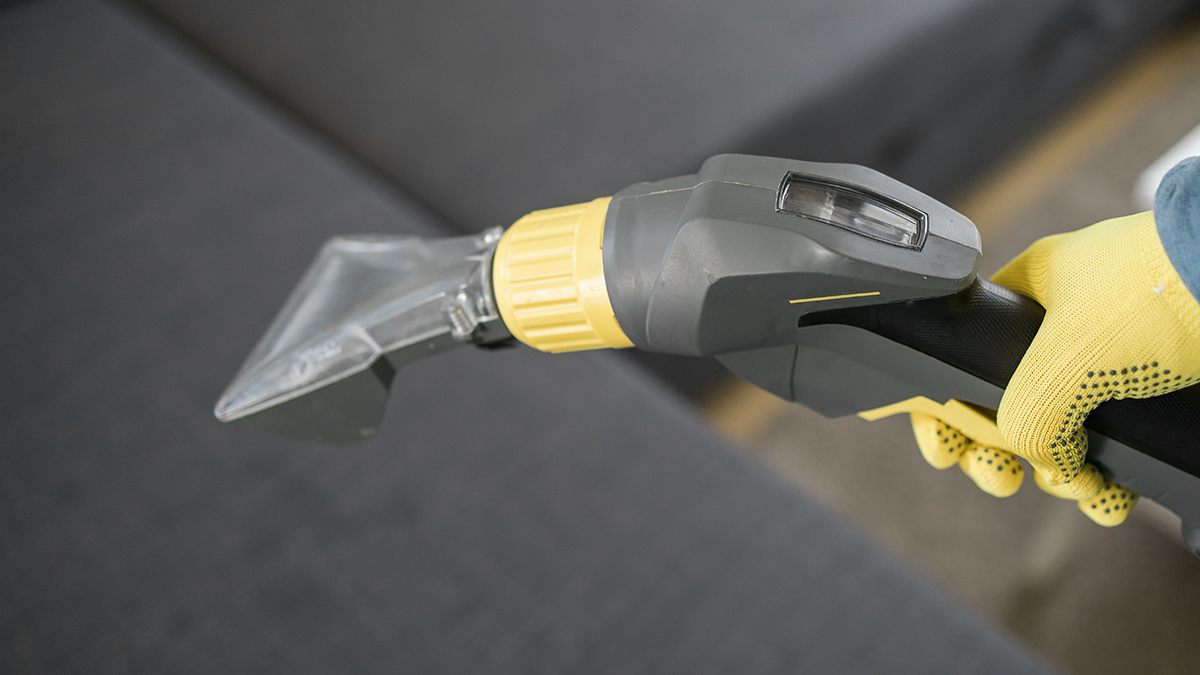How to buy the best spiralizer
A good spiralizer will let you create fancy vegetable and fruit "noodles" with ease, but which one is right for you?
Last updated: 5 Feb 2019
Spiralizers turn your fruit and vegetables like carrot and zucchini into “noodles” of varying thicknesses. They’ve been around in some form for a while, but have only become a popular health trend in the last couple of years, particularly for those looking to cut down on carbs or encourage fussy kids to eat fresh foods in a fun way.
On this page:
With plenty of innovative designs to choose from, which ones are the most versatile, effective, and easiest to use?
Types of spiralizers
Generally, there are three main types of spiralizer:
Benchtop spiralizers
Let you manually ‘crank’ your fruit and veg; they usually come with interchangeable blades to make different spiral sizes, which can sometimes be stored in the unit when not in use. Most benchtop spiralizers work by cranking the vegetables horizontally, which lets you feed in longer pieces. Other models use a vertical orientation. For this type of spiralizer you may also need to cut the food to size which can be a hassle, but exerting pressure in a downward direction could be easier than having to maintain a constant cranking motion in the horizontal mode. For benchtop models, rubber or suction feet can help stabilise the unit, and the crank handle should be easy to hold with a good grip.
Electric spiralizers
Electric ones can be either a standalone appliance or one that attaches to a compatible stand mixer. Interchangeable blades are available. The advantage of these models is less exertion due to the largely automated process.
Handheld spiralizers
Light and portable, but require more manual effort to twist, pencil-sharpener-style. They often come with a couple of blades on each end, or reversible or interchangeable blades. The difficulty of maintaining smooth, uniform control often results in noodles of various lengths. They may also be too narrow to ‘spiralize’ fruit like apples.
Blade types
The descriptions of blade types will vary depending on the brand of spiralizer, so consult the instruction manual. Some experimentation may be required to find out which blade is best for your particular recipe. We’ve seen blades described as shoestring, spaghetti, thin or fine julienne, coarse, linguine and ribbon.
Safety first
The blades on spiralizers are razor sharp, and most models have exposed blades during operation. Care must always be taken, but instructions surrounding use and cleaning can vary, so always use your common sense. There’s been one spiralizer recall in Australia for a handheld model from Kmart – there was a risk of the metal blades breaking off during use and getting into food.
Food waste
Unfortunately all spiralizers produce food waste consisting of an unused core and 1–2 cm of non-spiralized fruit or veg at the ends. You can use this food in other ways (in soups for example).
Tip: A good spiralizer will also have a ‘catch zone’ that contains the noodles after they’re processed, as well as handy aspects like blade storage.
Price
Spiralizers can cost anything from $15 to $200. We’ve seen huge differences between recommended retail prices and in-store prices so it pays to shop around.
Shopping links on the CHOICE website
CHOICE is an independent, non-profit organisation dedicated to helping consumers. Clicking a link will take you to a retailer’s website to shop. While we make money if you buy through some retailer links, this doesn’t influence any of our rankings. 100% of the money we make goes straight back into our non profit mission. We’re currently testing this service and will consider providing more shopping links in the future. Tell us what you think.
Recipes
There are many spiralizer recipes online; some models also come with recipe booklets to get you started. The recipes are endless: you could make curly fries out of kumera (sweet potato), or add colour and texture to salads with thin julienne strips of beetroot or slices of apple. Zucchini noodles are also a favourite.
Our home economist Fiona Mair has created a recipe for you to try:
Fiona’s Zucchini Spaghetti with tomatoes, olives and capers
Ingredients:
- 2 tbsp olive oil
- 1 tsp capers, drained and rinsed
- ½ red chilli finely chopped (optional)
- 2 cloves garlic, peeled and crushed
- 1 anchovy fillet, finely chopped (optional)
- 1 punnet cherry tomatoes, halved
- 3 large zucchinis, spiralized
- 2 tablespoons of Kalamata olives pitted
- ½ cup basil leaves finely sliced
- Black pepper to taste
- Parmesan cheese, grated
Method:1. Heat a large frypan on medium, add oil, capers, chilli, garlic, anchovy fillet, and cook for 2 minutes.
2. Add tomatoes and zucchini, cook for 2 minutes, stir through olives and basil leaves, cook for a further minute.
3. Season with pepper and grate over parmesan cheese.
4. Serve immediately, garnish with chilli and basil leaves.
Related
Kim Gilmour is a Senior project officer. She manages a range of product tests such as coffee machines, stick vacuums, bassinets, high chairs and ovens, which are all tested in our in-house labs.
Kim’s work gives people access to robust, independent advice and helps consumers make informed decisions about their purchases. Her work also helps to keep manufacturers in check, by regularly exposing product flaws which can result in better and safer products.
Prior to CHOICE, Kim spent 16 years working as a technology journalist in Sydney and London. With several years as a senior researcher/writer at our UK sister organisation, Which?
Kim has authored how-to technology books such as Spotify for Dummies and Digital Photography for the Older and Wiser.
Kim has a Bachelor of Arts in Communication (Journalism) from Charles Sturt University. LinkedIn
Kim Gilmour is a Senior project officer. She manages a range of product tests such as coffee machines, stick vacuums, bassinets, high chairs and ovens, which are all tested in our in-house labs.
Kim’s work gives people access to robust, independent advice and helps consumers make informed decisions about their purchases. Her work also helps to keep manufacturers in check, by regularly exposing product flaws which can result in better and safer products.
Prior to CHOICE, Kim spent 16 years working as a technology journalist in Sydney and London. With several years as a senior researcher/writer at our UK sister organisation, Which?
Kim has authored how-to technology books such as Spotify for Dummies and Digital Photography for the Older and Wiser.
Kim has a Bachelor of Arts in Communication (Journalism) from Charles Sturt University. LinkedIn

